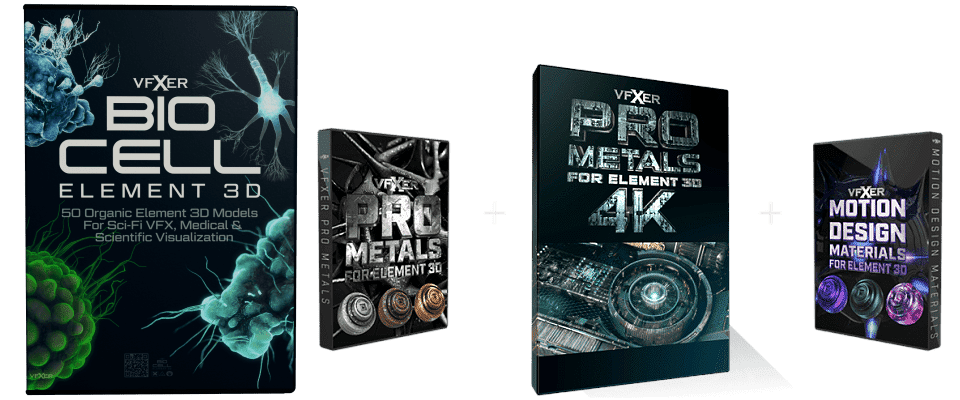Dune Part 2 VFX Magic: Craft Epic Sci-Fi Explosions
Director Denis Villeneuve, is lauded for consistently elevating his craft with each project. “Dune Part 2,” his latest endeavor, has garnered widespread acclaim for its stunning visual effects, making it one of the most remarkable sci-fi films to date. In this tutorial, the Film Riot team will recreate one of the most breathtaking VFX shots from the movie.
Part 1: Costume Preparation
To kick off the project, the team begins with crafting the costume. They opt for a cost-effective approach, as purchasing a ready-made costume would have been prohibitively expensive. Using a nasal canula purchased from Amazon, craft wire, and black chalk paint, they fashion a distinctive nose piece. Additionally, a padded shirt and suspenders are repurposed and modified to create the chest piece and cape hoodie, respectively.
Part 2: Landscape Setup
Moving on to replicating the film’s landscape, the team sources a suitable stock image and imports it into Photoshop for extensive editing. Utilizing generative fill techniques, they meticulously refine elements such as human figures, ground features, mountains, and clouds to achieve the desired aesthetic. Through a series of adjustments including masking, color grading, and feathering, they meticulously tailor the landscape to match the cinematic backdrop.
Part 3: Stock Footage Integration
Given the complexity of the explosion effect, the team opts to composite multiple stock assets to simulate a grand-scale explosion. Leveraging resources from ActionVFX, they strategically layer various elements including smoke bursts, debris, fiery explosions, and shockwaves. Each element undergoes careful manipulation in terms of timing, positioning, color grading, and masking to seamlessly blend with the scene.
Part 4: Custom VFX Creation
In addition to stock footage, custom visual effects are generated to enhance the realism and impact of the explosion sequence. Using Trapcode Particular in After Effects, the team creates dynamic dust trails emanating from the explosion epicenter. They meticulously adjust particle settings, velocity, lifespan, and color to achieve a convincing effect that complements the overall composition.
Part 5: Enhancement and Refinement
To elevate the visual impact further, the team implements additional techniques including light sweeps, color correction, and glow effects. By accentuating highlights, adjusting color balance, and adding atmospheric elements, they imbue the scene with depth and vibrancy. Furthermore, subtle touches such as camera shake, vignetting, and film grain contribute to the cinematic realism of the final composition.
Part 6: Integration of Live Action Elements
Finally, live-action footage of the actor and foreground elements are integrated into the scene. Through meticulous rotoscoping, scaling, and grading, the actor’s silhouette is seamlessly integrated into the environment. Shadows, reflections, and motion effects are carefully adjusted to ensure cohesiveness and continuity within the composition.


